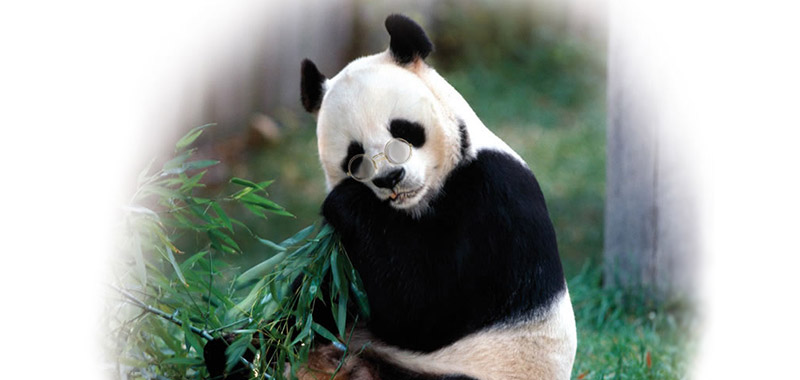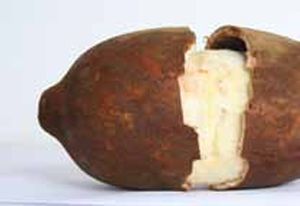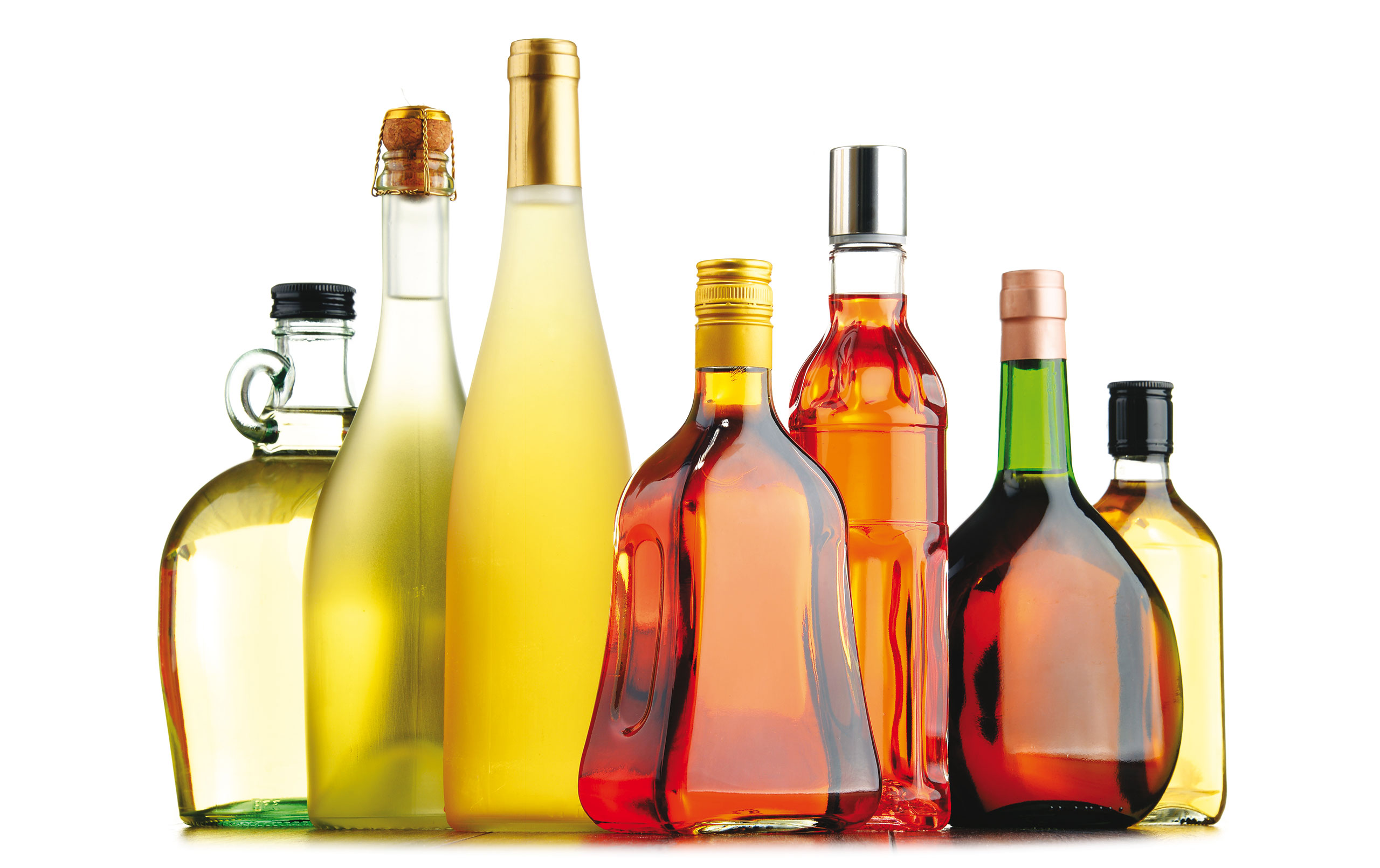
The Unlikely Abbot
September 3, 2012
Nonno Panda and … a Goblin an Elf and a Fairy
September 3, 2012
Chef of celebrities Marco Pernini
It happens almost like clockwork – the touting of the latest Superfood! It seems that one surges into fashion, fades away, and is promptly replaced by the next. Are these foods so heroic? Now chia is the new kid on the block. Will it save the day? Solve all our nutritional problems? Save us from ourselves? Maybe…maybe not….Chef of celebrities Marco Pernini does some due diligence.
O
Oh, Mamma mia! Here we go again with the latest “super food in town.” It’s called chia and – what a surprise – it comes from America. Boo hoo!
I don’t want to sound like a non-believer, but the hype American health advisers surround such things with always gets to me. I always ask myself, is this another marketing method to yet again entice gullible people to spend lots and lots of money on super-priced “superfood”? Or is it really worth it?
Take goji berries. When they first arrived in the shops, they were the best things you could eat. If you didn’t have them in your cupboard, chances were that you were unhealthy and would probably age rapidly when you reached forty-five years, six months and three days of age. If you did include them in your diet, you’d live forever and maybe grow wings. I’m still waiting for mine to grow by the way – not that I ate them often. Not only were they overpriced, they didn’t taste very nice either.
But just to be magnanimous, I have done some research on this latest sensational superfood.
Chia was a staple food item for the Aztecs and the Mayans in pre-Columbian times. After the Spanish conquest, the Spanish banned the seeds because of their close associations with certain Aztec religions rituals. Today chia’s health benefits are being rediscovered.
According to Dr. Jack Bukowski, of the non-profit Nutritional Science Research Institute in the US: “[Chia] has a nutritional content that is really quite remarkable for a single food.”
Bukowski continues that chia:
[arrowlist]
- has a high level of calcium.
- is rich in omega 3 fatty acids.
- is high in fibre.
- contains iron and magnesium.
- is a powerful antioxidant.
[/arrowlist]
I don’t want to sound bitter about these new grains, or superfoods, or whatever. I think that a reasonable weekly intake won’t kill you. In fact chia could be good for you. But don’t have excessive expectations, because, like the fashion-pack of the health food industry, superfood fads come and go, like catwalk trends.
To demonstrate, let’s take a look at the whole list of new superfoods I have read about so far this year.
Jerusalem Artichokes
Artichokes are a rich source of iron and antioxidants. The Jerusalem variety has the highest levels of iron, helping to beat fatigue, aid concentration and maintain a healthy metabolism.

Jerusalem Artichokes
Black Garlic
Black garlic is aged for a month in a fermentation process under high heat (hence its darker colour) and tastes sweeter than normal garlic. It doesn’t leave a pungent taste in your mouth. It contains twice as many antioxidants than traditional raw garlic and has levels of S-Allylcysteine, a natural compound that has been proven to help prevent cancer.

Black Garlic
Spirulina
This blue-green algae is packed full of iron and vitamin B12, which are great for maintaining energy levels and fighting fatigue. This tiny aquatic plant is packed, ounce for ounce, with more Vitamin A than carrots and is a rich source of phytochemicals, which are said to help reduce menopausal symptoms and osteoporosis, and to reduce the risk of developing certain types of cancer.

Spirulina
Hemp Seeds
Hemp seeds are an excellent source of Omega 3 fatty acids, which help fight inflammation and joint pain, improve metabolism, and keep the heart healthy. They also contain a more digestible form of protein than milk and eggs. Eat them raw in salads or grind them with a pestle and mortar and sprinkle them over baked goods or cereals. Hemp seeds can also be found in an oil form which can be used for cooking or a salad dressing.

Hemp Seeds
Kukicha Twig Tea
The “twig tea” is made of the stems and stalk of the Kukicha plant and is a herbal remedy used for reducing bloated stomachs and boosting the immune system with its high levels of disease-beating antioxidants. Typically found in tea form, it is low in caffeine, which helps keep blood pressure levels down.

Kukicha Twig Tea
Adzuki Beans
Adzuki beans contain more protein and less fat than any other pulse. They also contain high levels of potassium, which helps lower the risk of strokes and high blood pressure; fibre for good digestion; and zinc, which protects the body from inflammation of the joints and helps maintain healthy blood sugar levels.

Adzuki Beans
Ghee Butter
Although notoriously high in fat, this clarified butter used in Indian cooking is thought to improve memory, digestion, and boost the immune system. Ghee is made by simmering unsalted butter in a pot until all the water has boiled. It is the milk solids that settle to the bottom of the pot and is best enjoyed in moderation.

Ghee Butter
Fenugreek
Commonly used in Indian cuisine, fenugreek is used as both a herb and a spice and is said to be good for reducing cholesterol, relieving the symptoms of diabetes and soothing menstrual cramps and menopausal symptoms.

Fenugreek
Cupuaçu
This creamy-fleshed fruit, which is part of the cocoa family, is being billed as the new “super fruit” with its high levels of antioxidants. It can be found in health juices or in a pill. It is a rich source of vitamins B1, B2, B3, fatty acids and at least nine antioxidants (including vitamins A and C). The fruit has a similar effect on the body as caffeine without the caffeine content, so it energises the body in a natural way. You don’t have to eat it to reap the benefits as it can be found in face and body creams too.

Cupuaçu
Chia Seeds
As we’ve discussed, these tiny brown seeds are the latest nutritional super hero. They are great for maintaining healthy energy levels. They are also said to lower blood pressure and the risk of inflammation, as well as helping slow down premature aging by reducing the risk of free-radical damage to the skin. Sprinkle chia seeds on salads, including them in your dipping sauces, throw them in stews, or heat them up until they go soft and gel-like, then use it as a spread for sandwiches or include in baking recipes.

Chia Seeds
Of course, if you want to incorporate chia into your diet (or any of the new superfood mentioned above) I suggest you do some research on where the seeds or the fruit come from to make sure they are grown with highest organic standards. Chia seeds grown with pesticides, like any other fruit or vegetable, are not fit for human consumption.

But whichever new superfood you decide to embrace in your diet, let’s not forget we are surrounded by examples we take for granted every day. For example blueberries contain moderate to rich concentrations of anthocyanins, vitamin C, manganese, dietary fibre, pterostilbenephyto-chemicals and have a low calorie content. All fresh fruit – bananas, pineapples and all fresh vegetables – broccoli, spinach, potatoes and avocado (I love avocados!) – these are all superfoods we’ve been eating for ages. They may not be so new, but please don’t put out my favourite vegetables by dumping them for a new seed in town.





